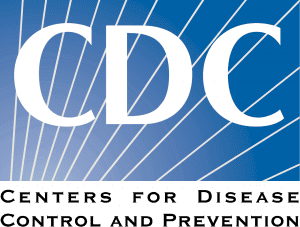- Effect of Convalescent Plasma on Mortality among Hospitalized Patients with COVID-19: Initial Three-Month Experience
Adult participants enrolled and transfused under the purview of the US Convalescent Plasma EAP program between April 4 and July 4, 2020 who were hospitalized with (or at risk of) severe or life threatening acute COVID-19. The cohort of 35,322 transfused patients had heterogeneous demographic and clinical characteristics and included a high proportion of critically-ill patients, with 52.3% in the intensive care unit (ICU) and 27.5% receiving mechanical ventilation at the time of plasma transfusion. The seven-day mortality rate was 8.7% [95% CI 8.3%-9.2%] in 76 patients transfused within 3 days of COVID-19 diagnosis but 11.9% [11.4%-12.2%] in 77 patients transfused 4 or more days after diagnosis (p<0.001). Similar findings were 78 observed in 30-day mortality (21.6% vs. 26.7%, p<0.0001). Results may indicate that a randomly controlled trial might be undertaken to determine the actual effects of such therapy. However given that immune dysregulation is responsible for the majority of disease in seriously ill patients, antiviral approaches are likely to have minimal benefit.
- Seroprevalence of anti-SARS-CoV-2 IgG antibodies in Kenyan blood donors
Authors estimated the anti-SARS-CoV-2 antibody prevalence among blood donors in Kenya by ELISA for anti-SARS-CoV-2 spike IgG prevalence on residual blood donor samples obtained between April 30 and June 16, 2020. Authors estimate that 1 in 20 adults in Kenya had SARS-CoV-2 antibodies during the study period. By the median date of the survey, only 2093 COVID-19 cases and 71 deaths had been reported through the national screening system. This situation is in contrast, by several orders of magnitude, with the numbers of cases and deaths reported in parts of Europe and America when seroprevalence was similar. The reasons for this difference are unknown. - An Examination of School Reopening Strategies during the SARS-CoV-2 Pandemic
Using a stratified Susceptible-Exposed-Infected-Removed model, authors explore the influences of reduced class density, transmission mitigation (such as the use of masks, desk shields, frequent surface cleaning, or outdoor instruction), and viral detection on cumulative prevalence. The model predicts that a combination of all three approaches will substantially reduce SARS-CoV-2 prevalence. The model also shows that reduction of class density and the implementation of rapid viral testing, even with imperfect detection, have greater impact than moderate measures for transmission mitigation.
Situation Dashboards

World Health Organization (WHO)
Novel Coronavirus (COVID-19) Situation from World Health Organization (WHO)

Johns Hopkins University (JHU)
Coronavirus COVID-19 Global Cases by the Center for Systems Science and Engineering (CSSE) at JHU

COVID-19 in US and Canada
1Point3Acres Real-Time Coronavirus (COVID-19) Updates in US and Canada with Credible Sources

Genomic Epidemiology COVID-19
Genomic Epidemiology of (COVID-19) Maintained by the Nextstrain team, enabled by data from GISAID.





